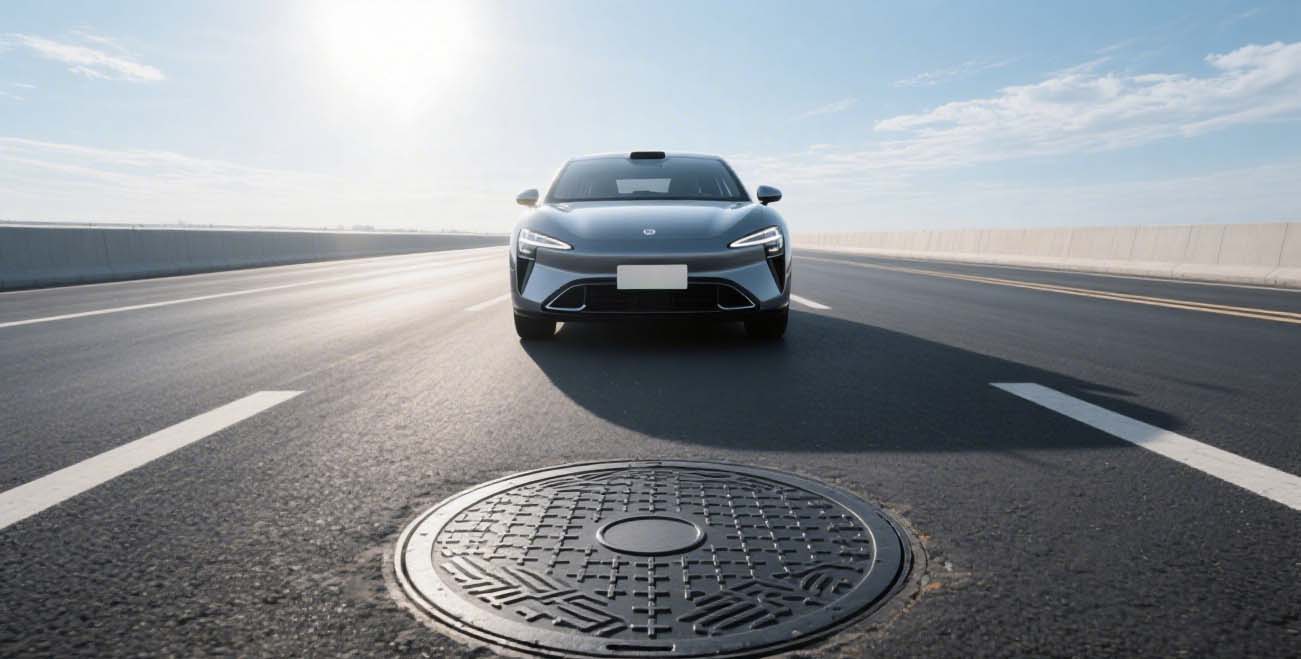Why Are Many Manhole Covers in the Middle of the Road?
2025-07-14 15:35:31 hits:0
On urban roads, many people wonder: why are so many manhole covers right in the middle of the road? These "pavement patches" not only affect driving smoothness but also get easily damaged by rolling. This seemingly unreasonable layout actually hides the underlying logic of urban infrastructure.

I. Pipeline Routes Determine Positions
Beneath the city lies a complex network of pipelines, including water, electricity, gas, and communications. The laying paths of these pipelines directly determine where manhole covers are placed, and the area under roads is often the "main artery" for pipelines.
Function first: Rainwater pipes need to drain along the road slope, and sewage pipes must connect to residential areas. The inspection wells of these pipelines naturally appear in the middle or on both sides of the road along with the pipelines.
Space selection: Sidewalks and green belts have limited space and can hardly accommodate a large number of inspection wells; the space under the middle of the road is more abundant, suitable for pipelines that require frequent maintenance.
II. Impact of History and Development
The pipeline layouts in many cities took shape decades ago, and the positions of manhole covers were fixed accordingly, showing a collision between history and reality in urban development.
Continuation of early planning: In the past, road traffic volume was small, and manhole covers in the middle of the road had little impact; now, with a surge in traffic volume, relocating them would be costly, so the status quo has to be maintained.
Superposition of urban expansion: New pipelines are constantly being added. With limited road space in old urban areas, new manhole covers can only be placed "wherever there's space," leading to more manhole covers in the middle of the road.
III. "Reluctant Convenience" for Maintenance
Despite affecting driving, manhole covers in the middle of the road have certain rationality in terms of maintenance.
Easy maintenance: Rainwater and sewage wells need regular dredging, and power wells may require emergency repairs. Manhole covers in the middle of the road make it convenient for engineering vehicles to park and carry out construction, reducing interference with residents' lives.
Less interference with other facilities: The middle of the road is relatively "independent." Placing manhole covers here can avoid damaging sidewalk facilities, green belts, etc., during construction, reducing the impact on pedestrians and shops.
IV. Problems and Optimizations
Manhole covers in the middle of the road have obvious drawbacks, and many cities are now optimizing the situation:
Merging pipelines: Integrating multiple pipelines into "comprehensive utility corridors" to reduce the number of ground manhole covers.
Optimizing positions: For new roads, manhole covers are moved as much as possible to curbs, green belts, or non-motorized lanes, away from the core area of motorized lanes.
Enhancing quality: Using heavy-duty pressure-resistant manhole covers to reduce damage and safety hazards.
V. Conclusion
Manhole covers in the middle of the road are the result of the combined effects of urban infrastructure layout, functional needs, and space constraints. With the advancement of urban planning, their quantity and positions are gradually being optimized. In the future, we may see fewer "pavement patches," making roads safer and smoother.

 en
en  fra
fra  de
de  ru
ru  ara
ara  gle
gle  it
it  jp
jp  kor
kor  th
th  zh
zh 


